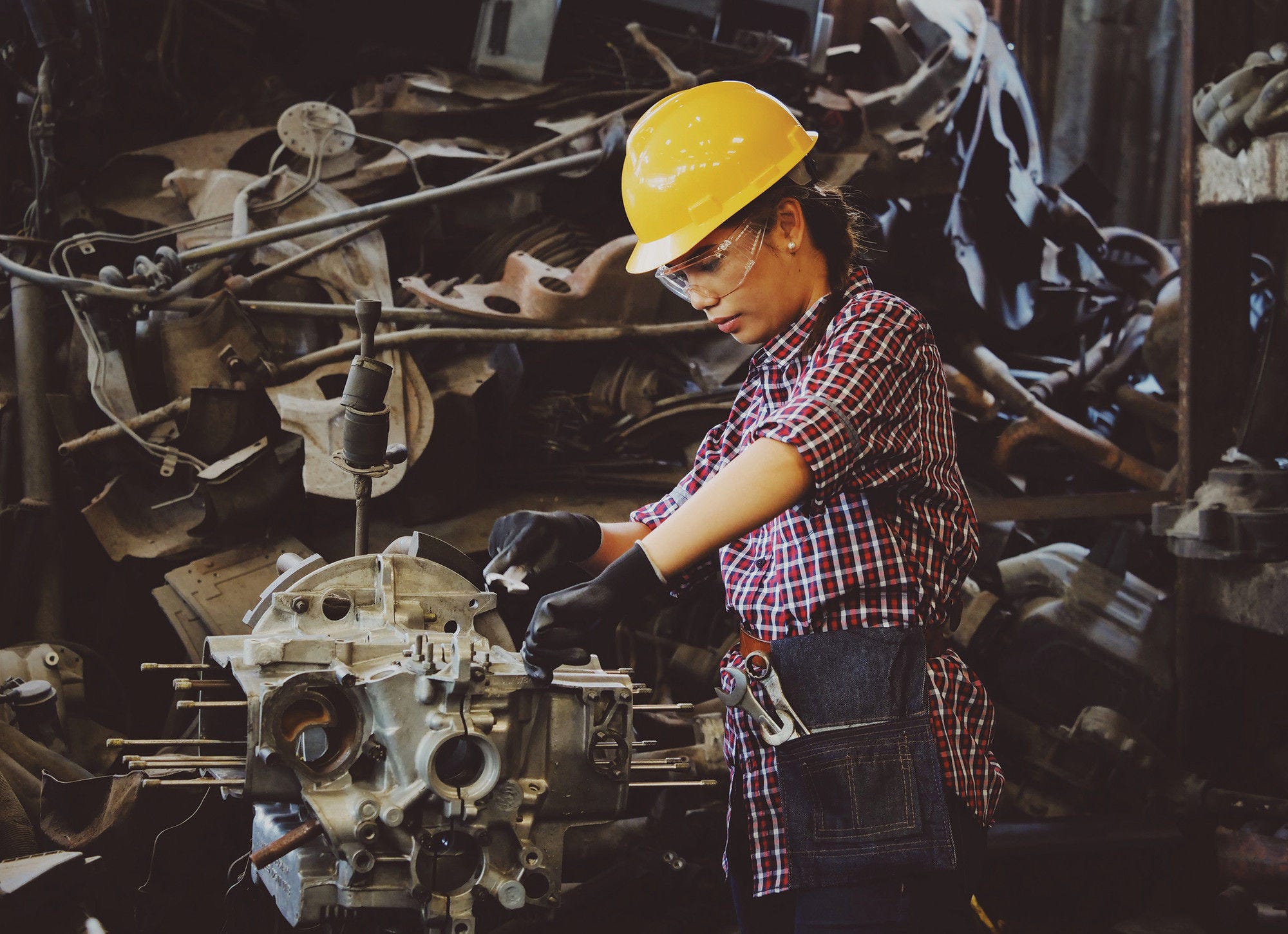Some of the economic activities that are most difficult to make climate neutral are in manufacturing and these activities are regionally concentrated. Industrial transitions to climate neutrality, therefore, have regional development implications. Since regions differ in their socio-economic conditions, understanding the regional development implications also helps prepare a just transition.
To eliminate greenhouse gas (GHG) emissions, manufacturing requires new forms of production and, in some cases, new energy carriers and raw materials. These in turn require different and more investment, including in infrastructure. The transitions will impact firms and so in turn workers, with some firms contracting (in particular those unable to make the leap) and some expanding. Whilst these may largely balance out at the national level, this is not a given at the subnational level, where the spatial distribution of specific sectors may result in asymmetric impacts.
Preparing for these transformations in those regions most exposed to transformation can help anticipate and manage these challenges whilst also exploiting opportunities. By acting early on the vulnerabilities identified in this report, policy makers can improve regional development opportunities and prevent protracted decline. This report, therefore, identifies key manufacturing sectors requiring particularly far‑reaching transformations. It describes how these activities are distributed across European regions, and the related zero-emission-consistent infrastructure needs and socio-economic conditions of the regions most exposed to these transitions.
